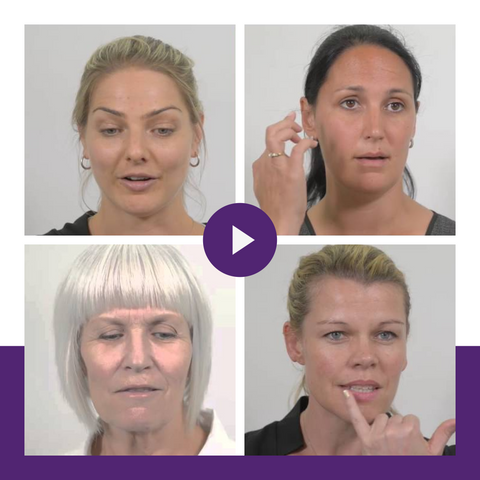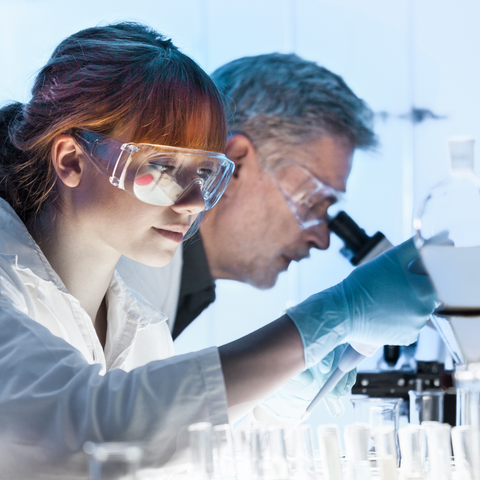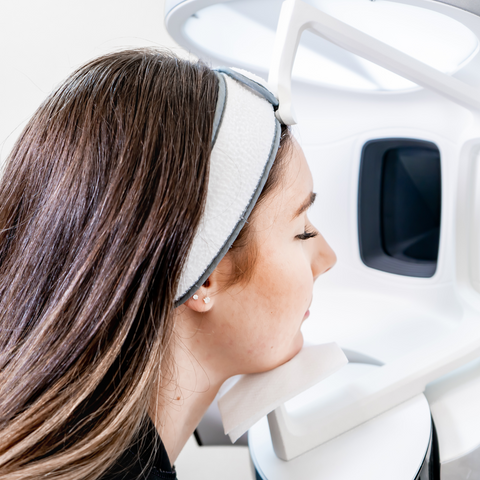To many, ageing skin is just something that happens, an unavoidable part of life that brings with it all the un-niceties, from wrinkles to pigmentation.
Experts in the skin industry agree that external factors like smoking or pollution will speed up the ageing process of your skin as will some popular beauty treatments that blast or melt away the skin, causing inflammation and thinning of the skin.
But the REAL answer lies in Nobel Prize winning research. A clock that ticks inside every single dividing cell of our bodies in a region called the Telomere, a protective cap at the tips of our chromosomes. Every time the cell divides, the telomere gets a little shorter and it’s this shortening that is proven to have direct correlation with ageing.
Just like the caps of your shoelaces, the older the Telomeres get, the more worn out and shorter they become, until they are rendered useless. When the Telomeres get too short they are unable to support the DNA in the chromosome and all sorts of mutations begin to occur, meaning the cell loses it’s power of division and growth. This is called “senescense”, meaning the cell has died.
There is a term commonly used in the scientific world known as the “End Replication Problem’.
As an analogy, think of a DNA strand as a long row of bricks, and of DNA replication as a bricklayer walking backwards on top of a brick wall laying a new layer on top of that row. When the end of the wall is reached, the bricklayer finds himself standing on top of the brick he's supposed to replicate. Since he can't put down a brick where his feet are, he steps back and falls off the wall—leaving the very end of the wall bare. As a result, the new copy of the wall is a bit shorter than the original.
Click on the image below to watch the explainer video
Just like this brick wall was copied imperfectly, our DNA is unable to perfectly copy itself. When a strand is replicated, the new strand is shorter than the old strand.
If we lost portions of the information encoded in our DNA every time it replicated, human life would be impossible. Our cells couldn't even divide enough times to allow us to be born before they went haywire due to the missing information, failing to perform their basic functions. This is one of the reasons the telomere is essential. Its long, repetitive sequences of DNA give us a “buffer” of genetic material that contains no (essential) information, so it can be safely consumed as part of the normal DNA replication process.










